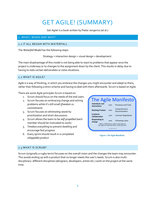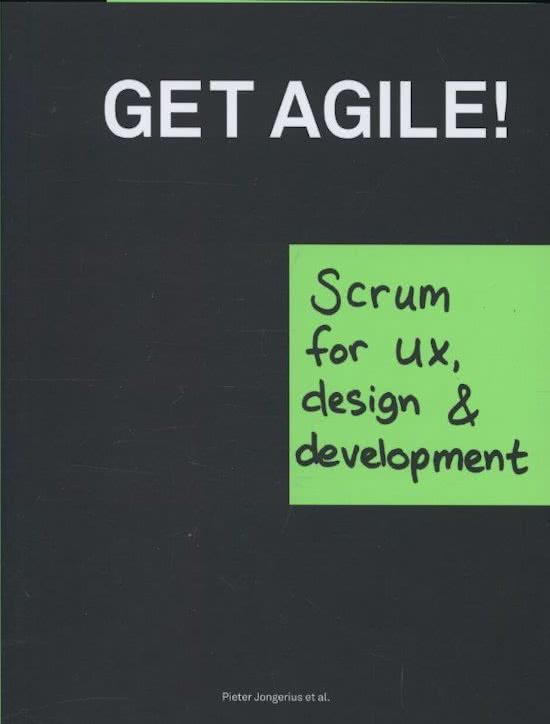Samenvatting
Summary Get Agile! by Pieter Jongerius
This is a summary about the book Get Agile! written by Pieter Jongerius et al. This summary covers all the chapters containing theory (excluding Chapter 1 Introduction and Chapter 8 Meeting the Team). By reading this summary, you will learn about Scrum and how to use it in your projects.
[Meer zien]





